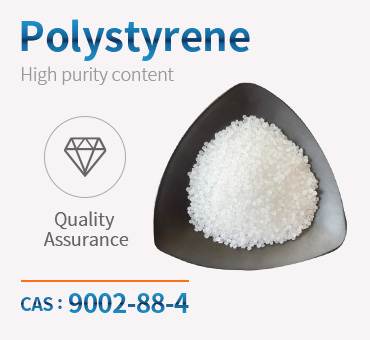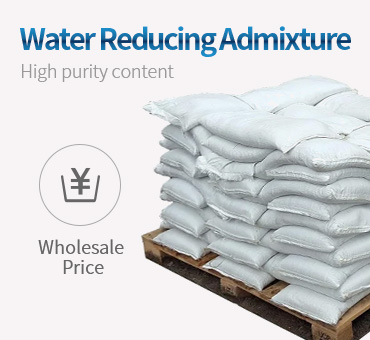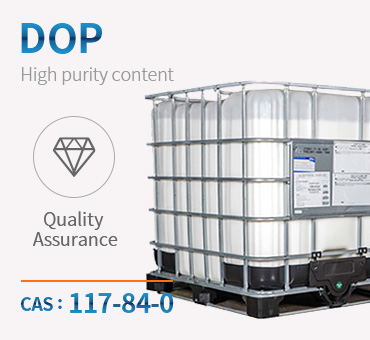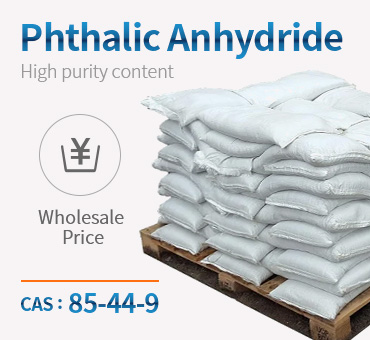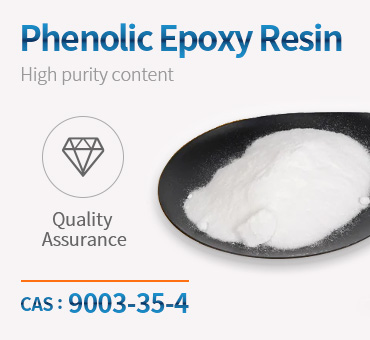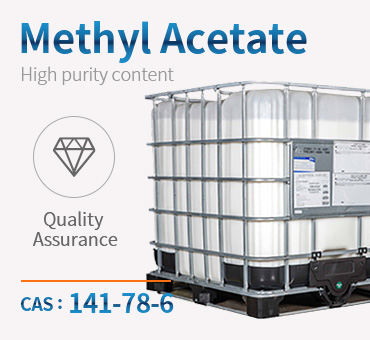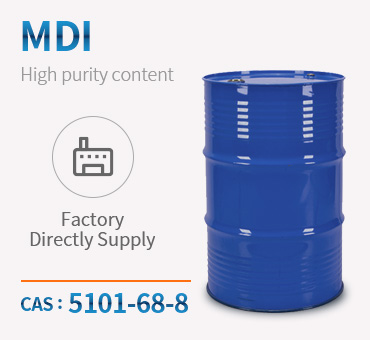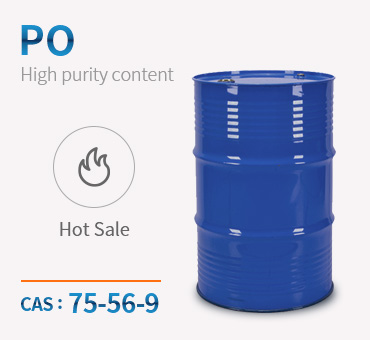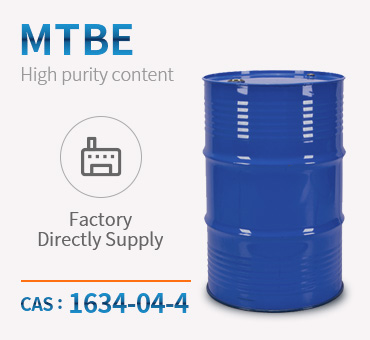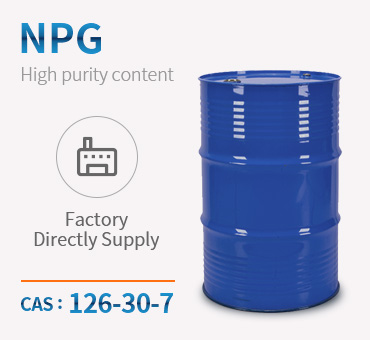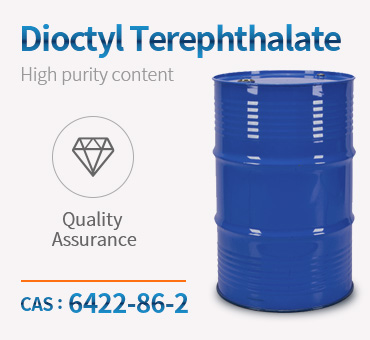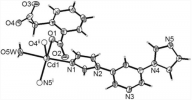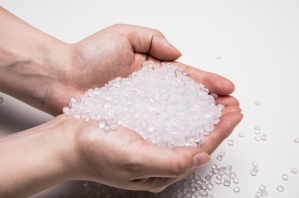Polystyrene
Polyethylene (PE) is a thermoplastic polymer consisting of long hydrocarbon chains. PE is used in a number of applications including flexible film packaging produced by the blown film process. Polyethylene is used to regulate viscosity, suspension properties, and general stability in cosmetic formulations. Typical applications included specialty injection molded parts, in these fields Polyethylene has a wide range of uses: Injection and blow molded toys, housewares and lids. Injection molded car seats, mower parts and pails. Injection molded, thin-walled containers and housewares. Hot melt coating for paper, additive in cast moldings, candles, oil-based inks and hot melt adhesives. Additive to unsaturated polyesters, epoxides and other polymers to impart the unique properties of UHMWPE. Used in industrial parts, coatings and wear surfaces at 10-40 wt. %. Film applications having good drawdown and toughness. Mold release additive, lubricant in rubber processing, extrusion and calendering aid for PVC and dispersing aid for color concentrates. Bearings, gears, bushings and other moving parts. Laboratory tubing; in making prostheses; electrical insulation; packaging materials; kitchenware; tank and pipe linings; paper coatings; textile stiffeners. polyethylene is used to regulate viscosity, suspension properties, and general stability in cosmetic formulations. It is derived from petroleum gas or dehydration of alcohol.

